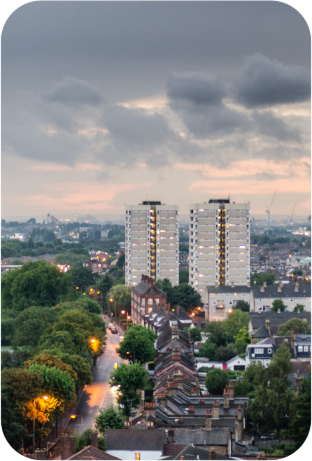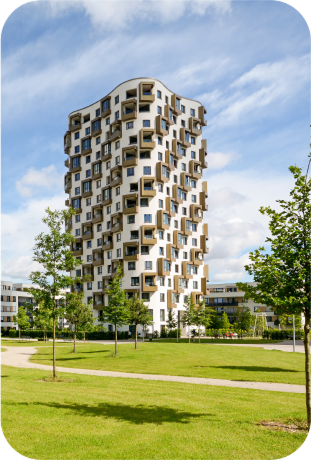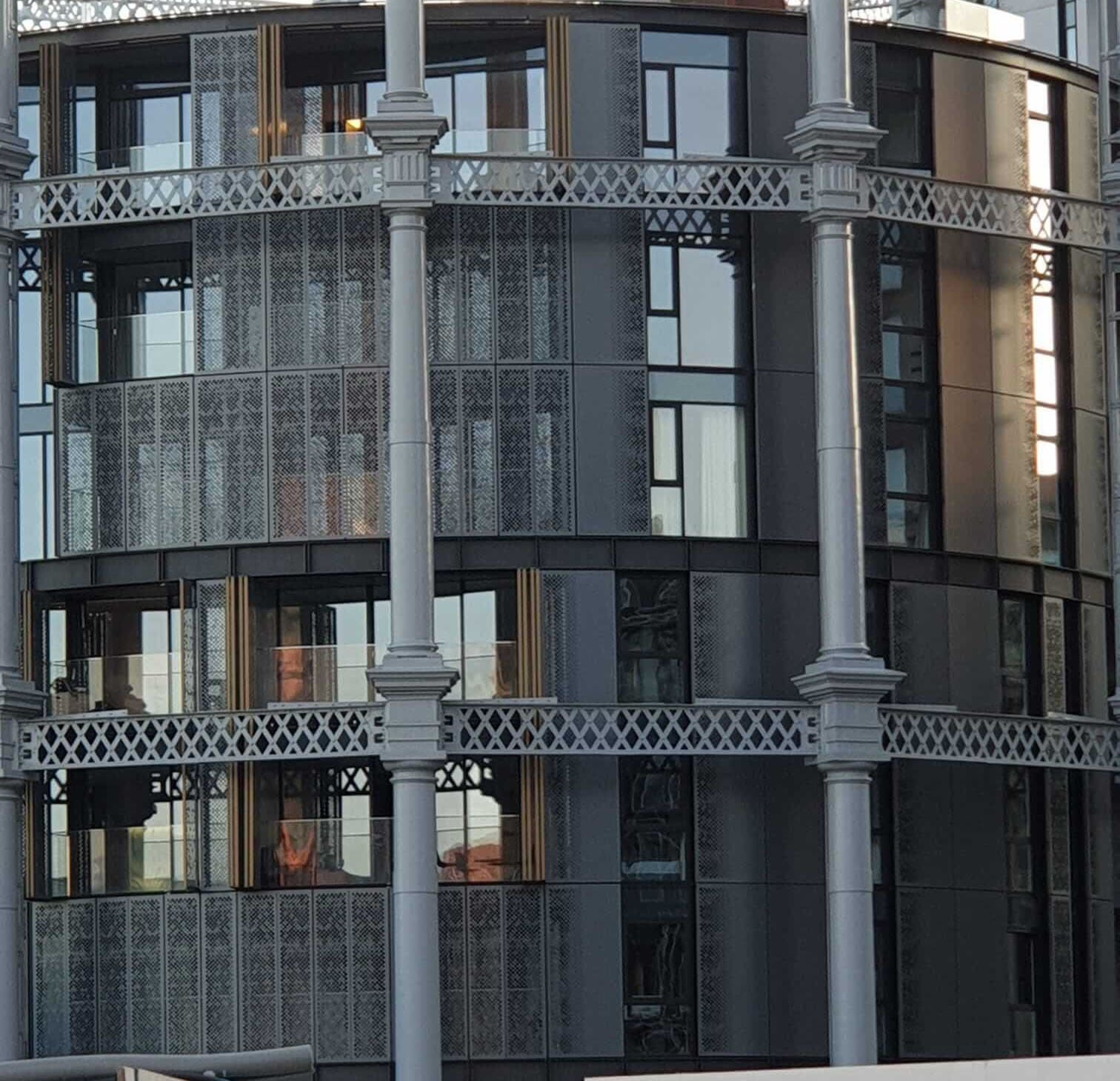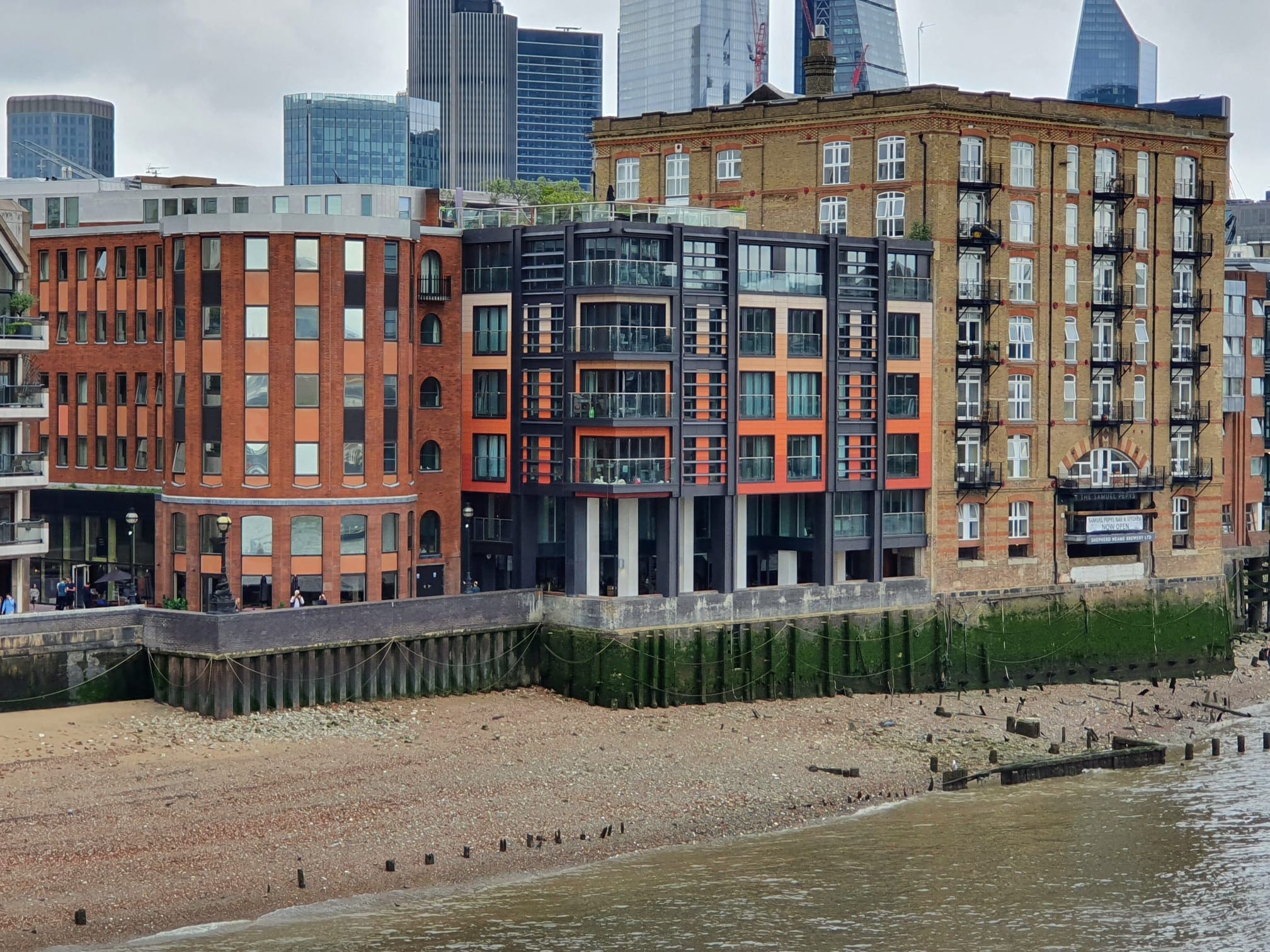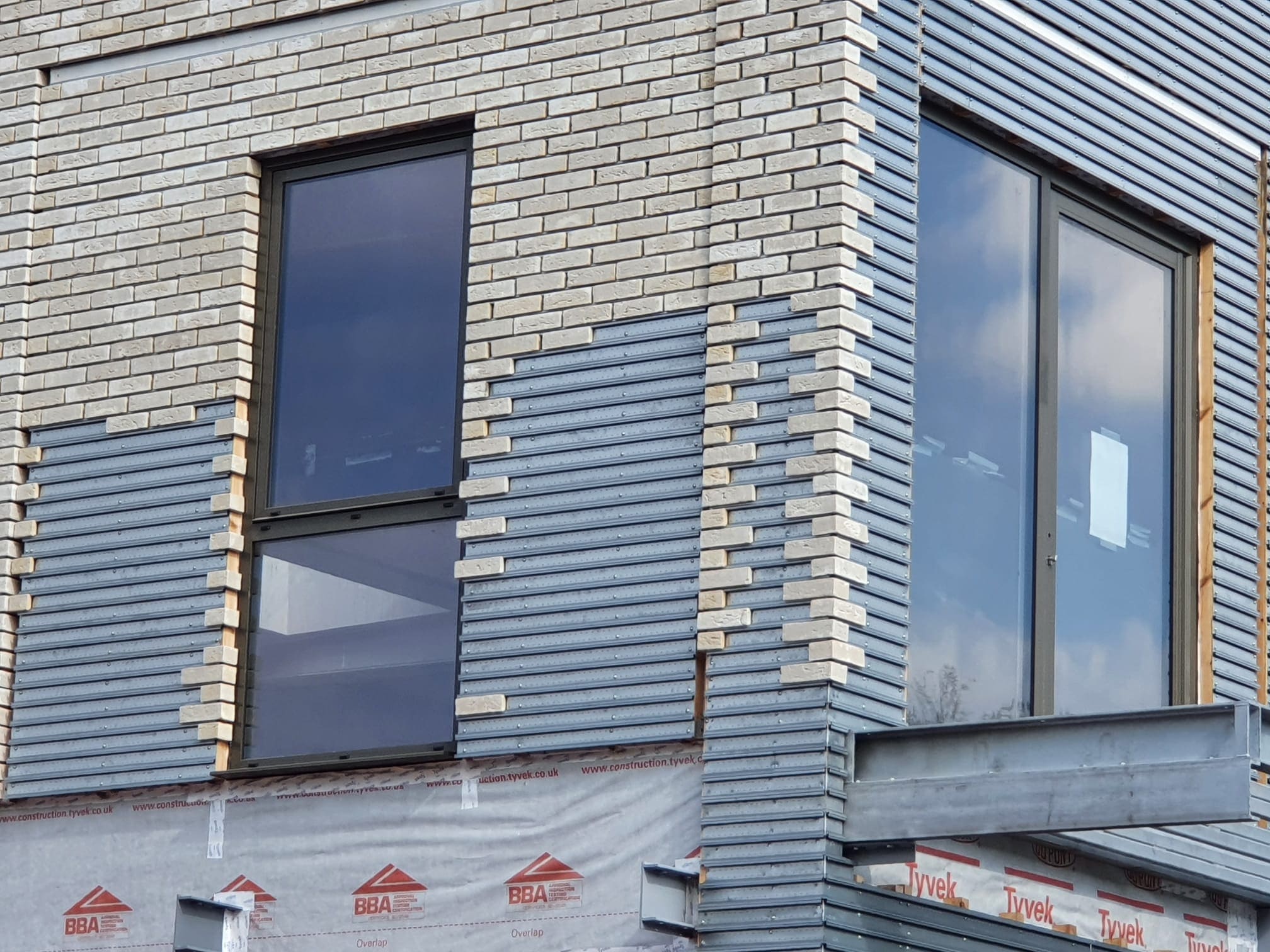 446
446
 0
0
Speaking at a Construction Leaders Summit held earlier this month, Government adviser Dame Judith Hackitt delivered this poignant message about the Draft Safety Bill that was published in July in response to the recommendations of her 2018 building safety review. She said: “The essence of the change that is needed is to stop looking at the letter of the law and finding ways to comply with minimum standards. The new approach to building safety must be about the opportunity to deliver buildings which we would all be happy to have our loved ones live in – confident that they feel safe and are safe. There is a moral imperative above the legal one.”
We applaud this sentiment. We also commend it to those MPs who are now scrutinising the draft Bill. The proposed new legislation contains much that should improve the safety of leaseholders and renters living in residential blocks.
Dame Judith's 'golden thread' of information will, if created and used as intended, transform the way information about both building materials and safety systems is gathered and disseminated from design right through to the operation of our residential buildings. It will make property managers’ lives easier and create a safer environment for residents to live in.
Likewise the creation of the role of building safety manager - although it is still unclear who will carry out this role and how the BSM will be able to get enough PPI (professional indemnity insurance) to enable the role to be carried out to maximum benefit. Greater resident engagement as envisaged by Dame Judith is also very welcome.
But the sticking point comes when ‘engagement’ spills over into resident's responsibility for safety - and particularly when this comes with a hefty price tag.
The cladding crisis has highlighted the absurdity of expecting leaseholders to pay for the improved safety of homes they have bought in good faith. This issue continues to blight thousands of flats around the country and has taken a terrible toll on the financial wellbeing and mental health of homeowners. Now, enshrined in the draft Safety Bill is another cost for already beleagured leaseholders. The ’building safety charge’ is to be levied on flat owners in the same way as servicechargesorted.co.uk/blogs/service-charge-disputes-what-cam-be-disputed-how-and-the-role-of-the-first-role-planetrent.co.uk/blog/could-a-tax-tribunal-ruling-mean-btl-investors-avoid-3-stamp-duty-surcharge'>tribunal'>service charges, and with a very small window within which the costs of any safety improvements made to buildings must be met.
This is grossly unfair. If, as Dame Judith rightly says, it is a moral imperative to provide safe buildings that we are happy for our loved ones to live in, surely there is also an obligation on Government to ensure that building safety is affordable too.





Meet our Expert Property Commentators

















